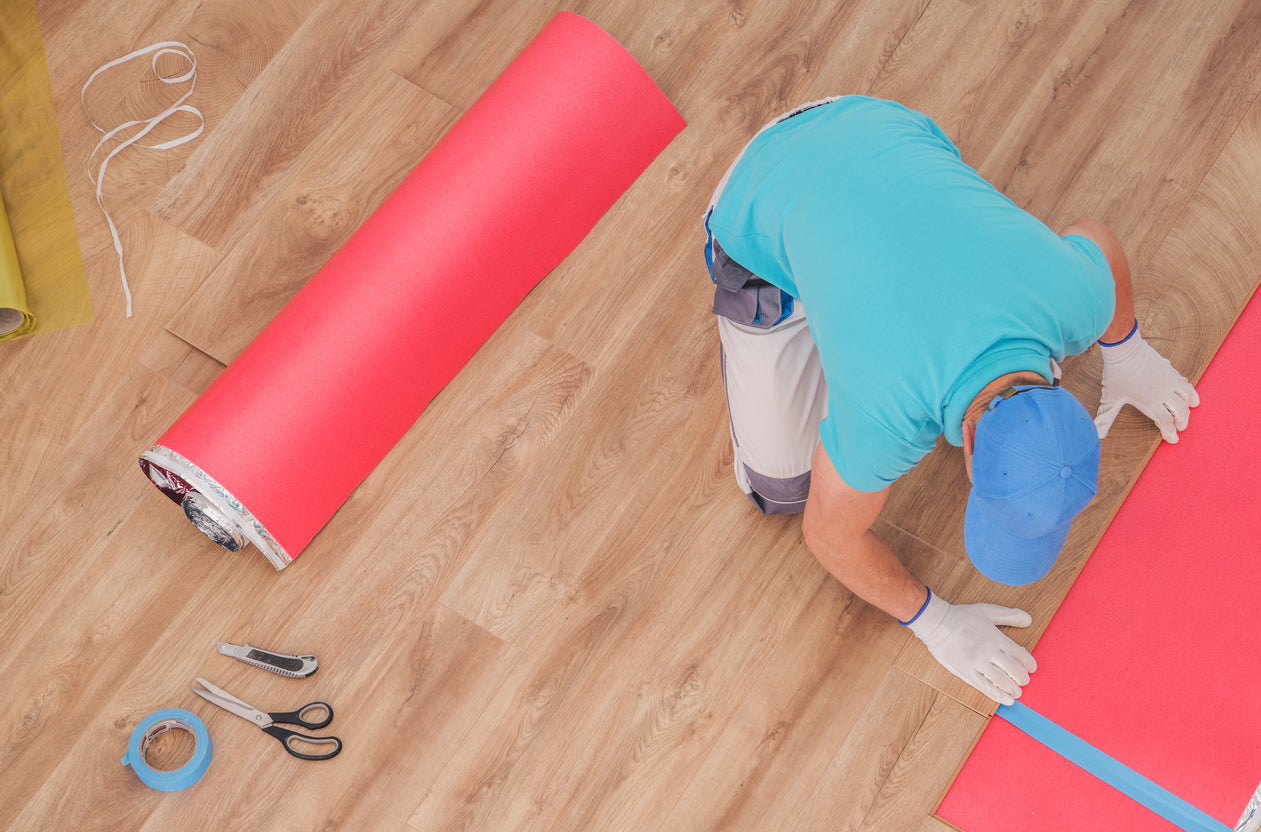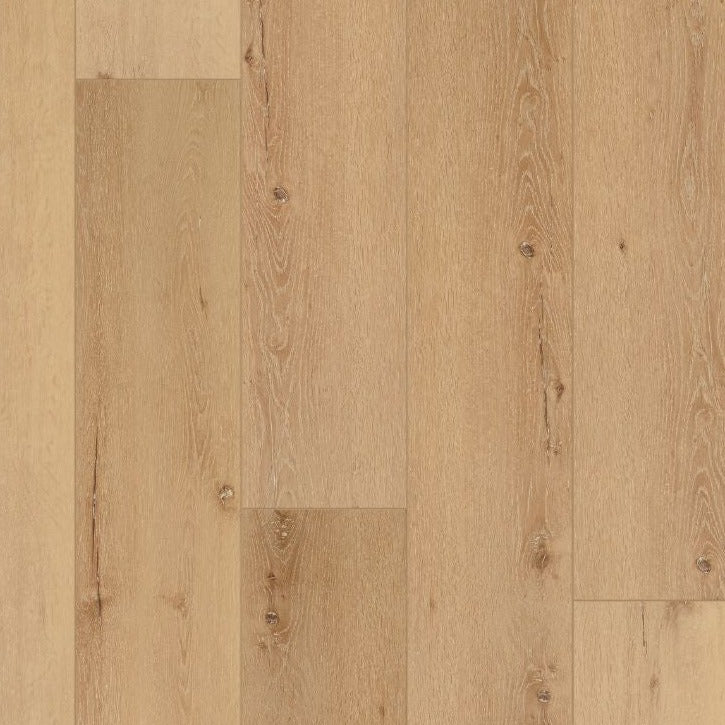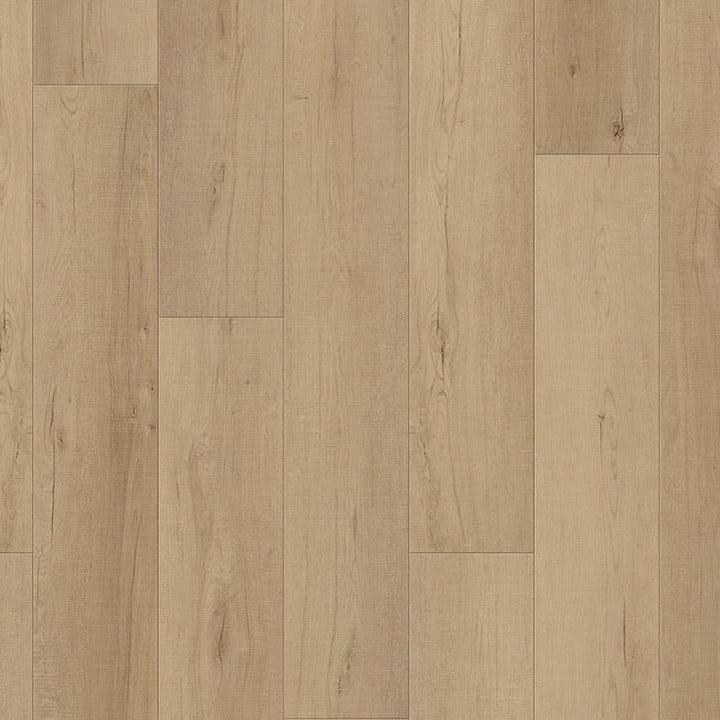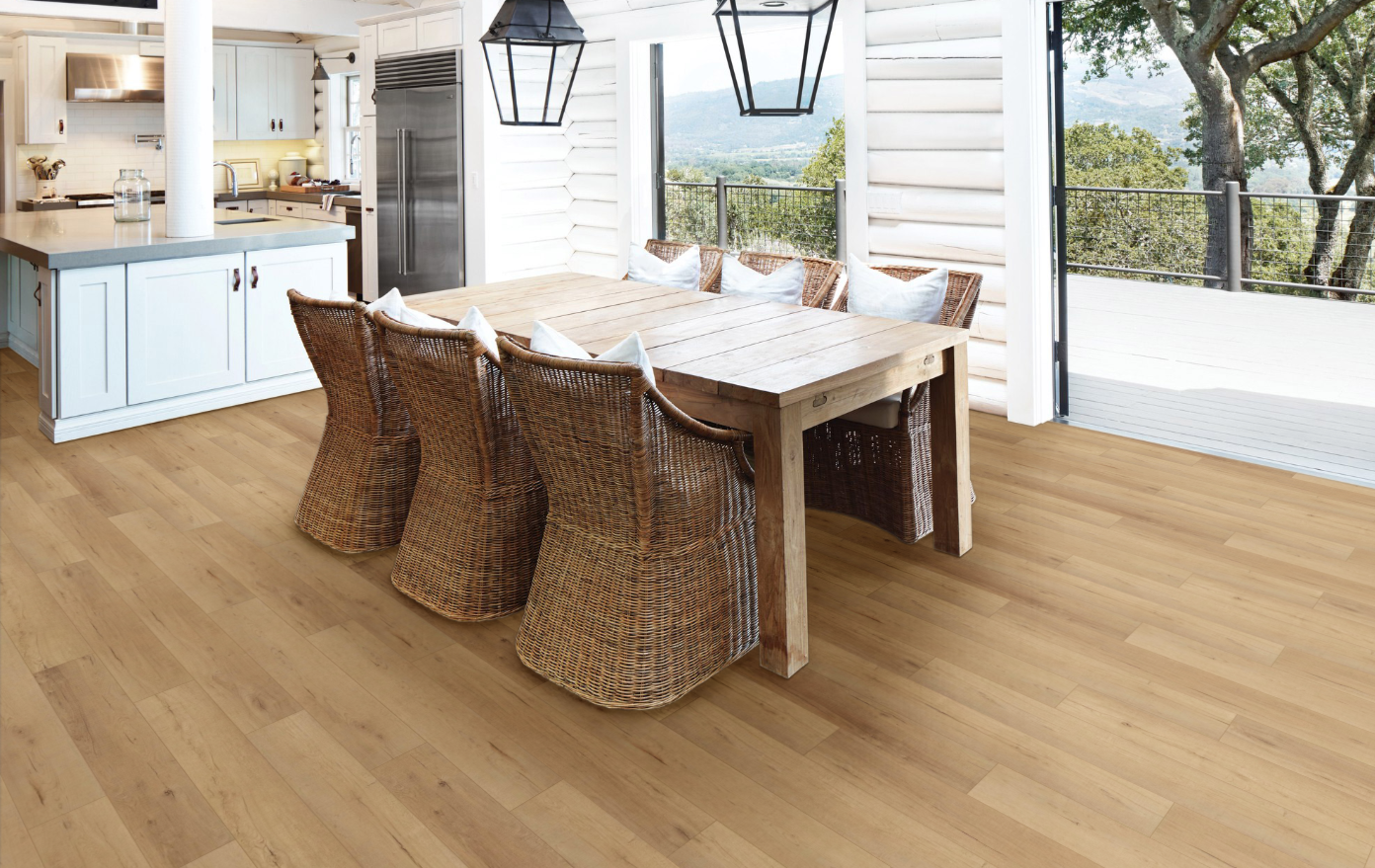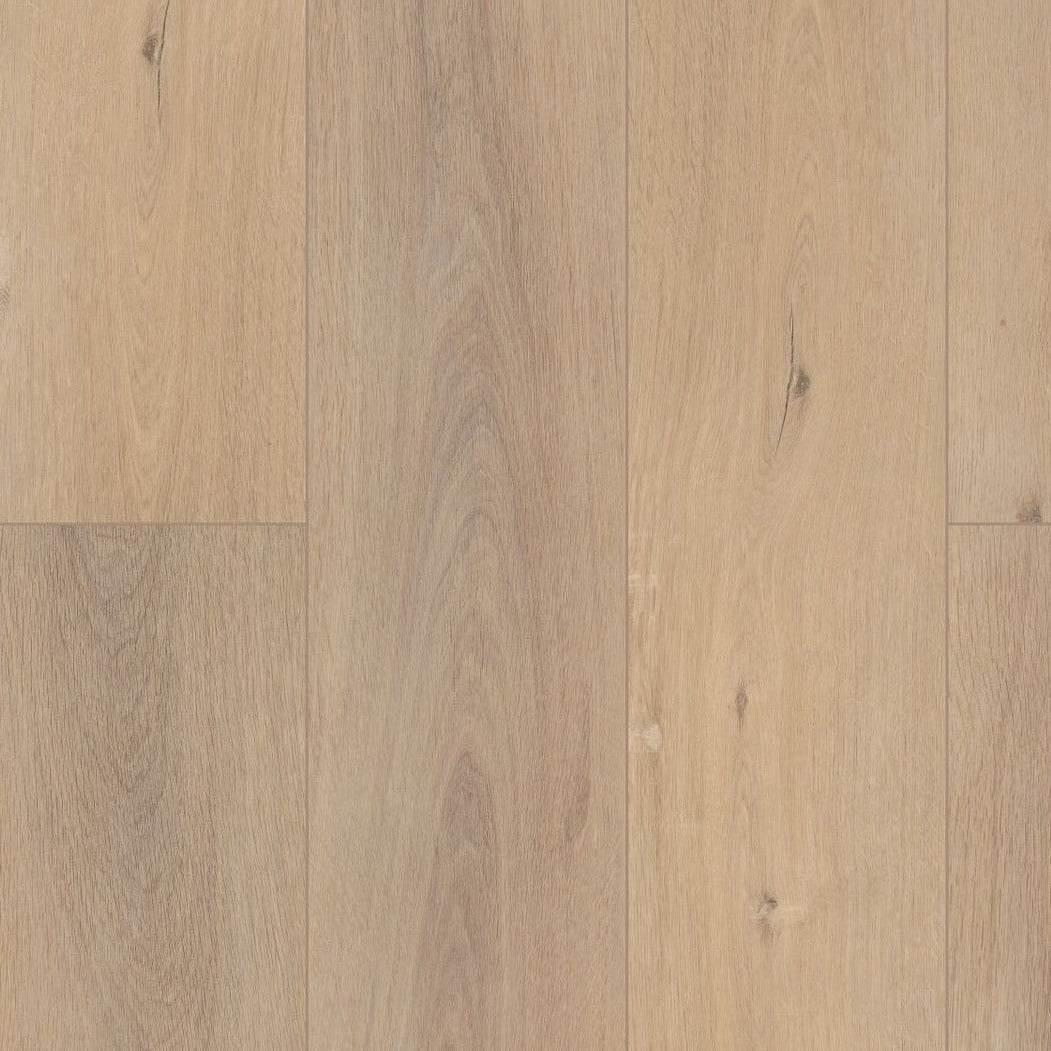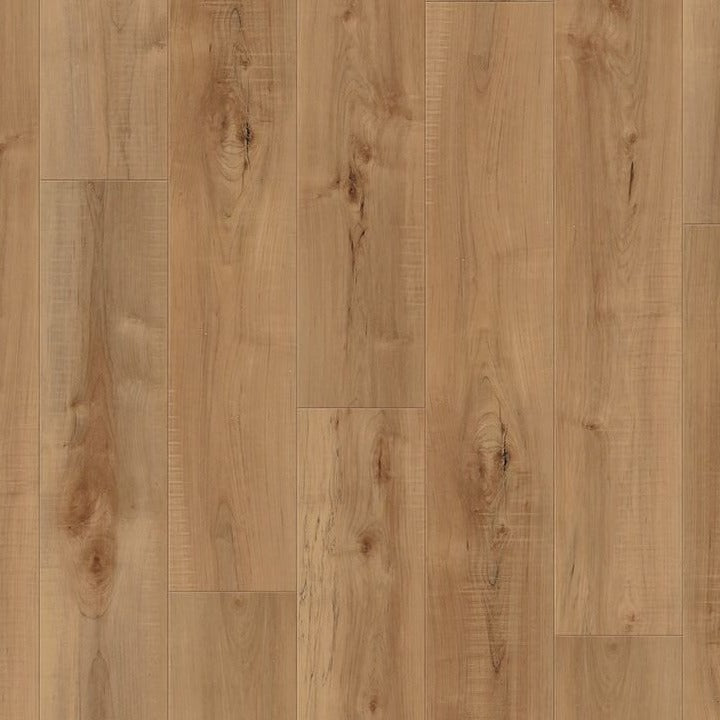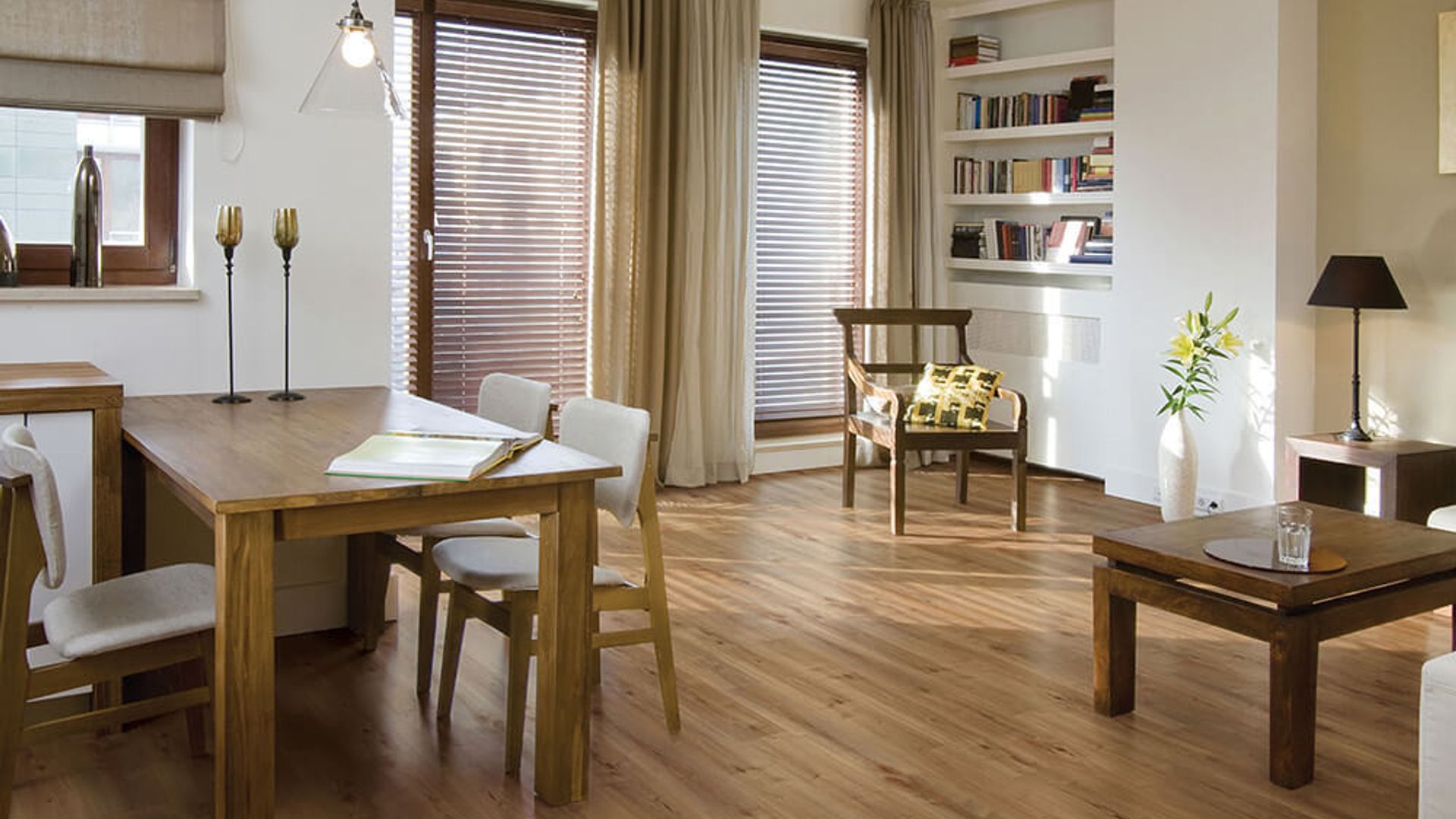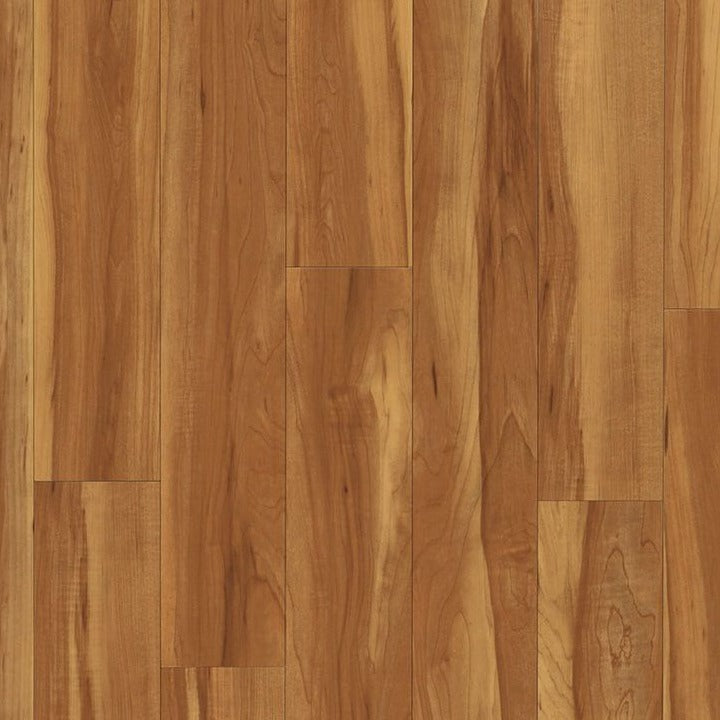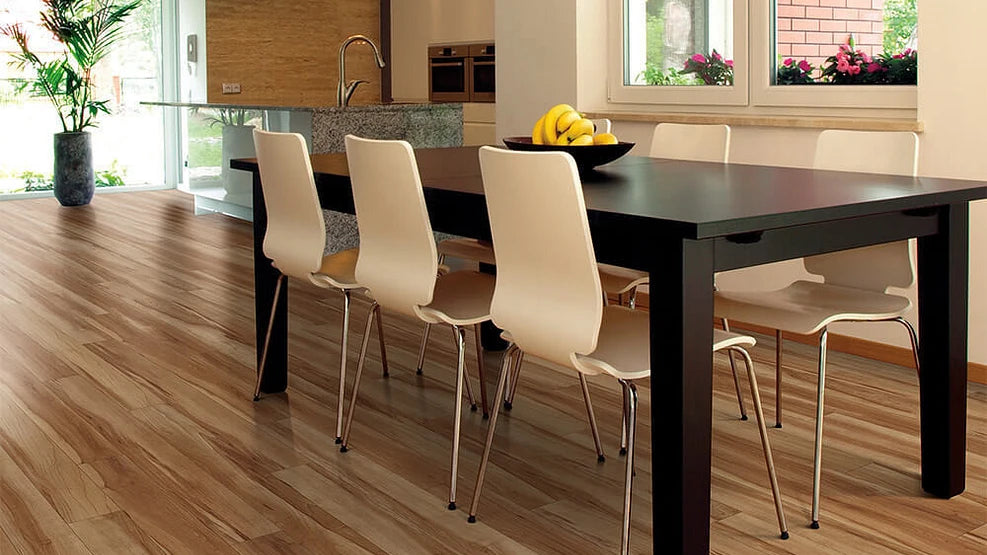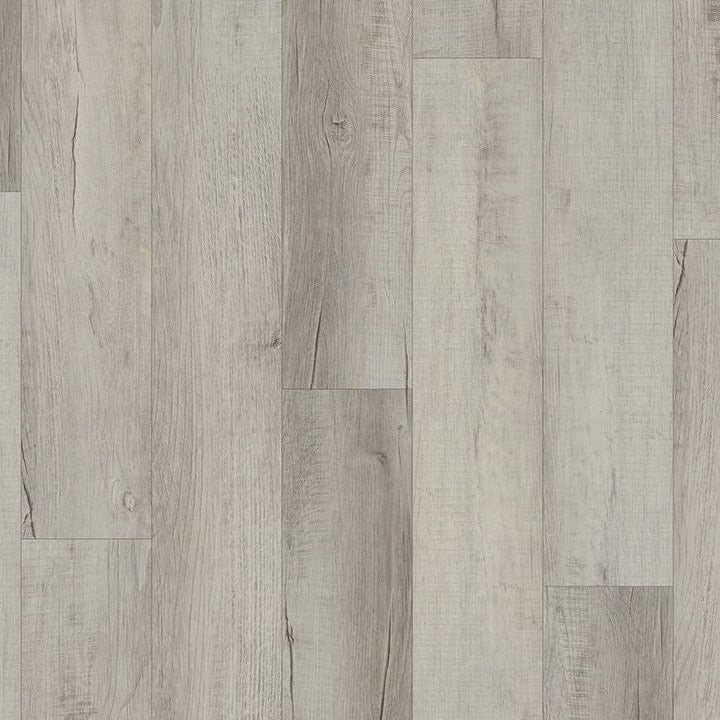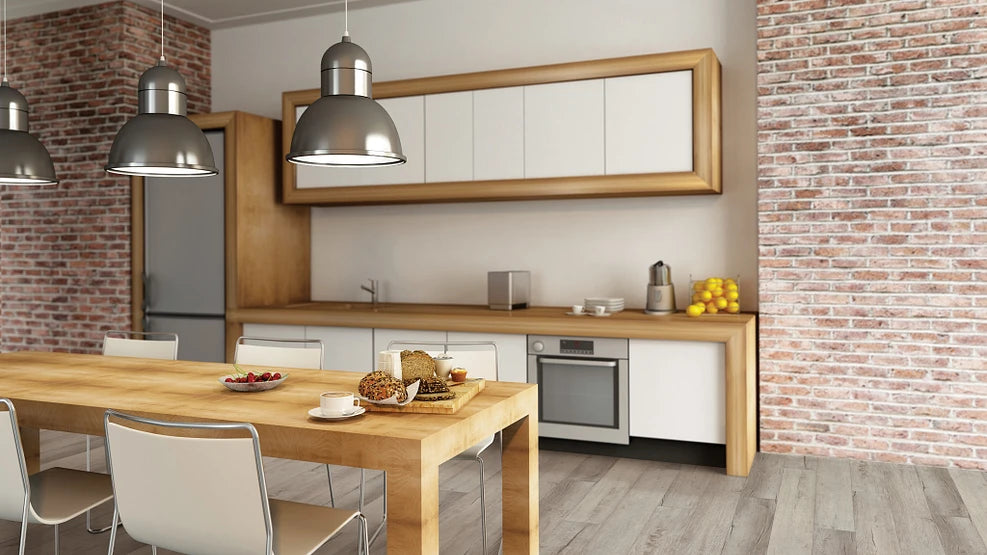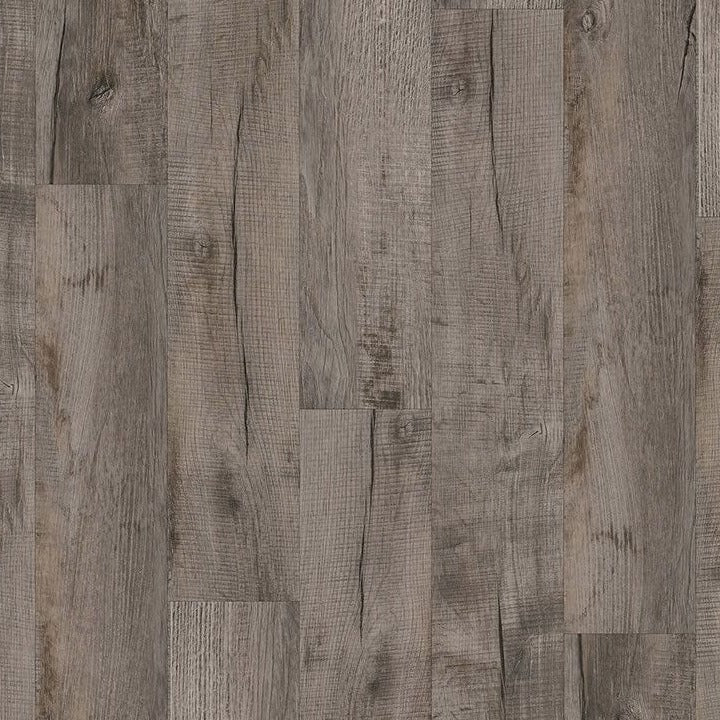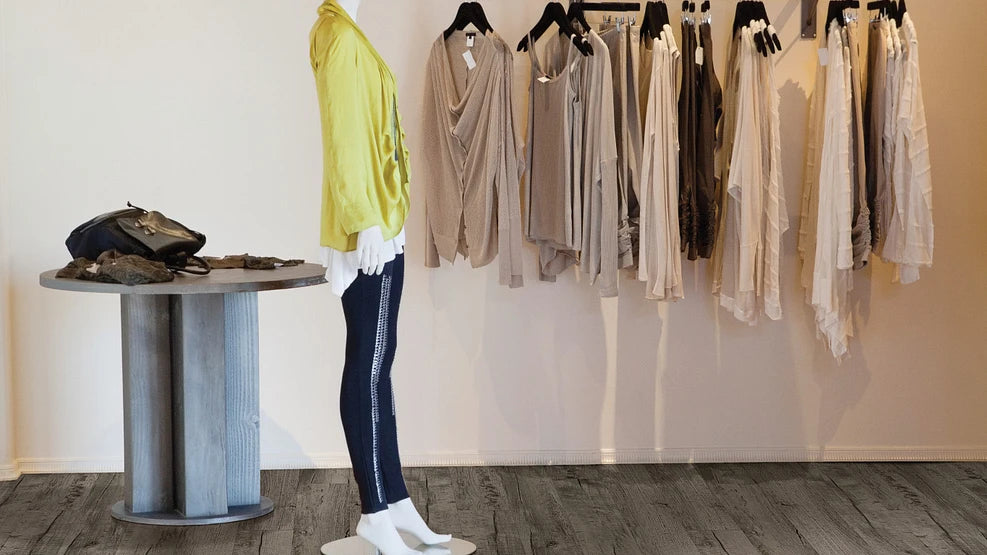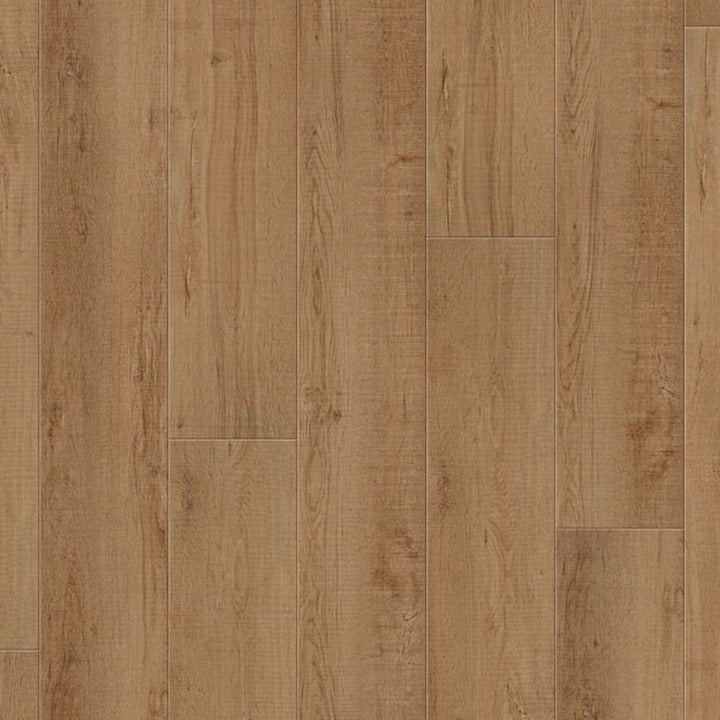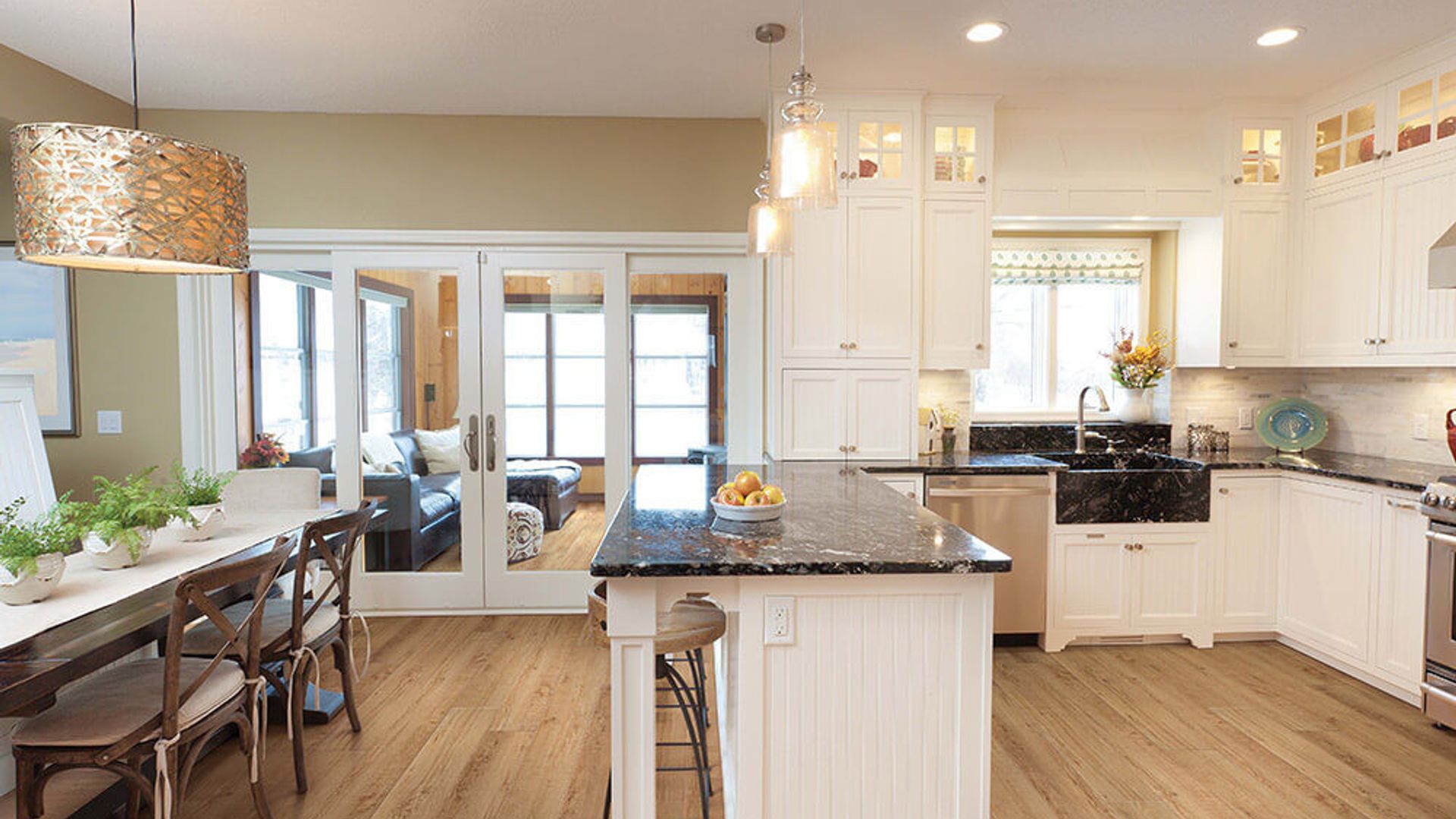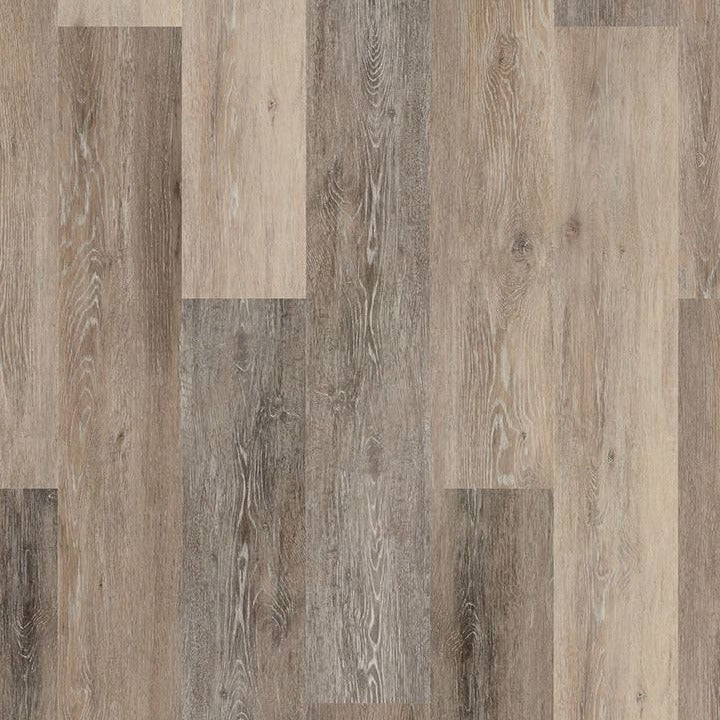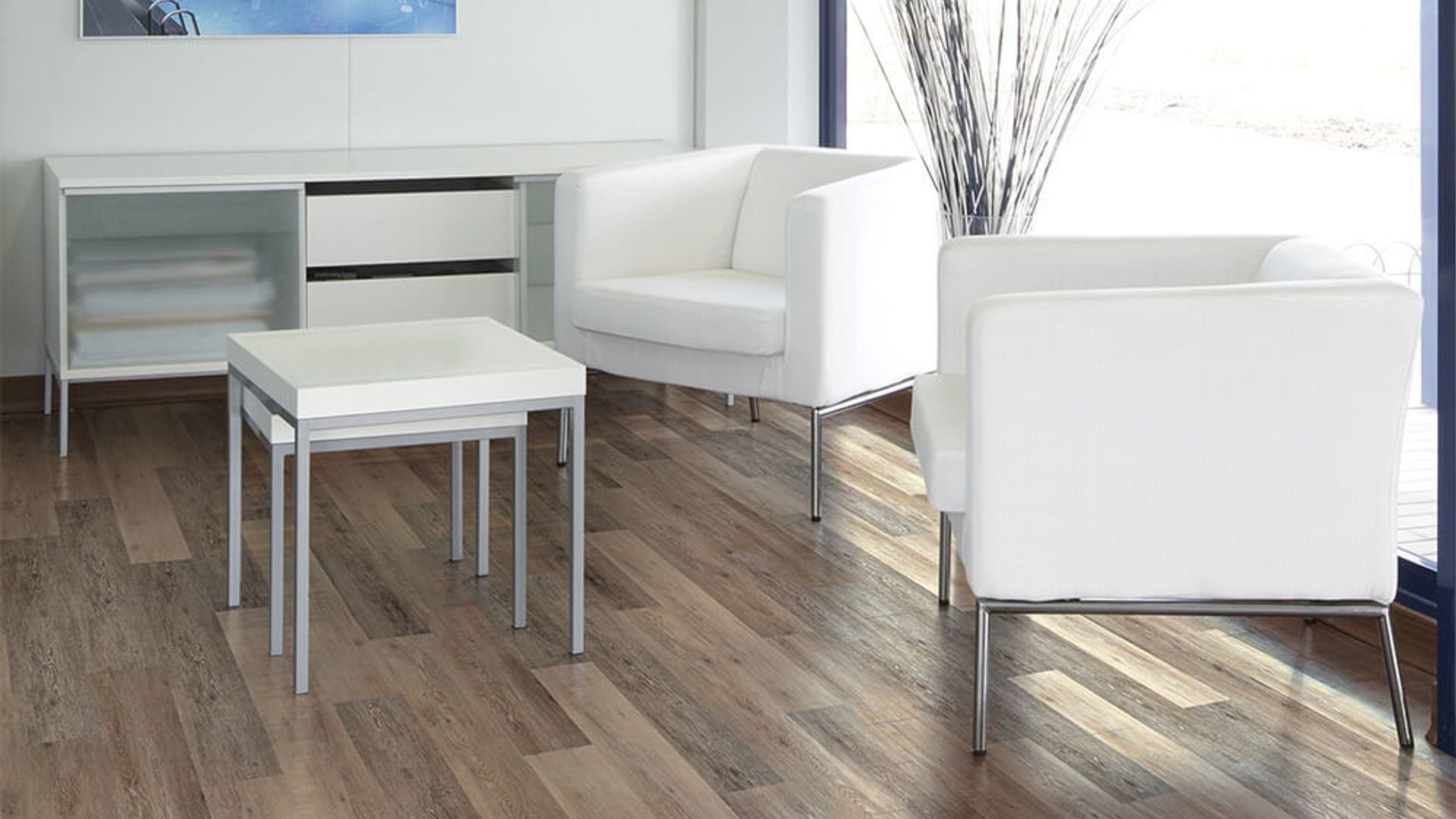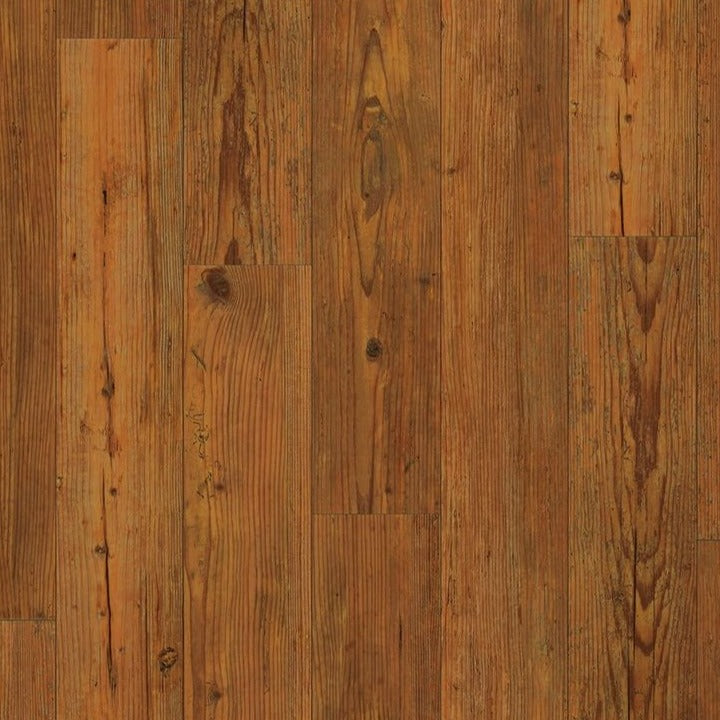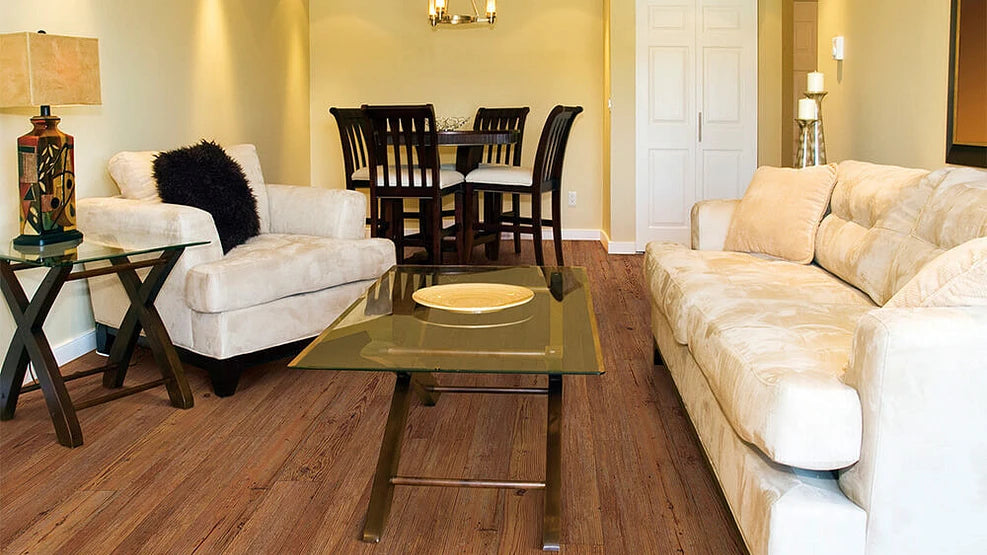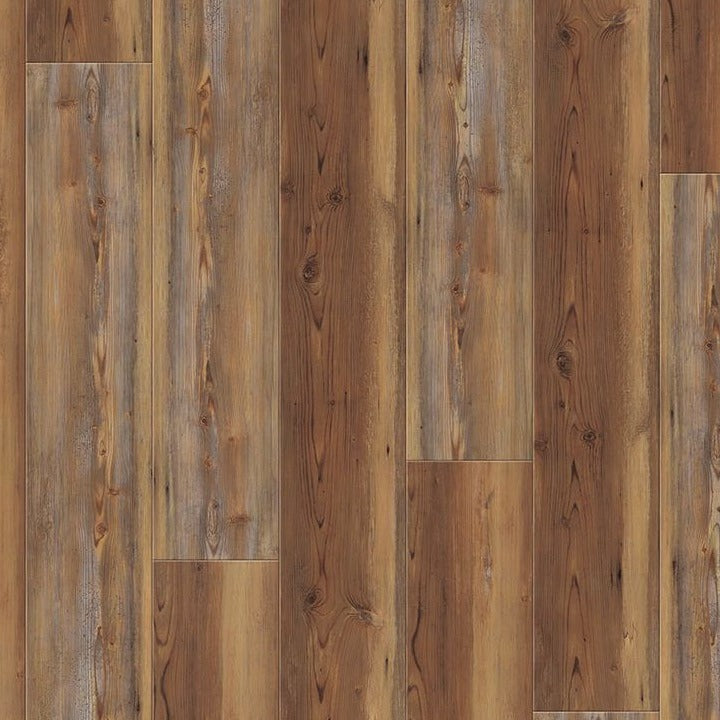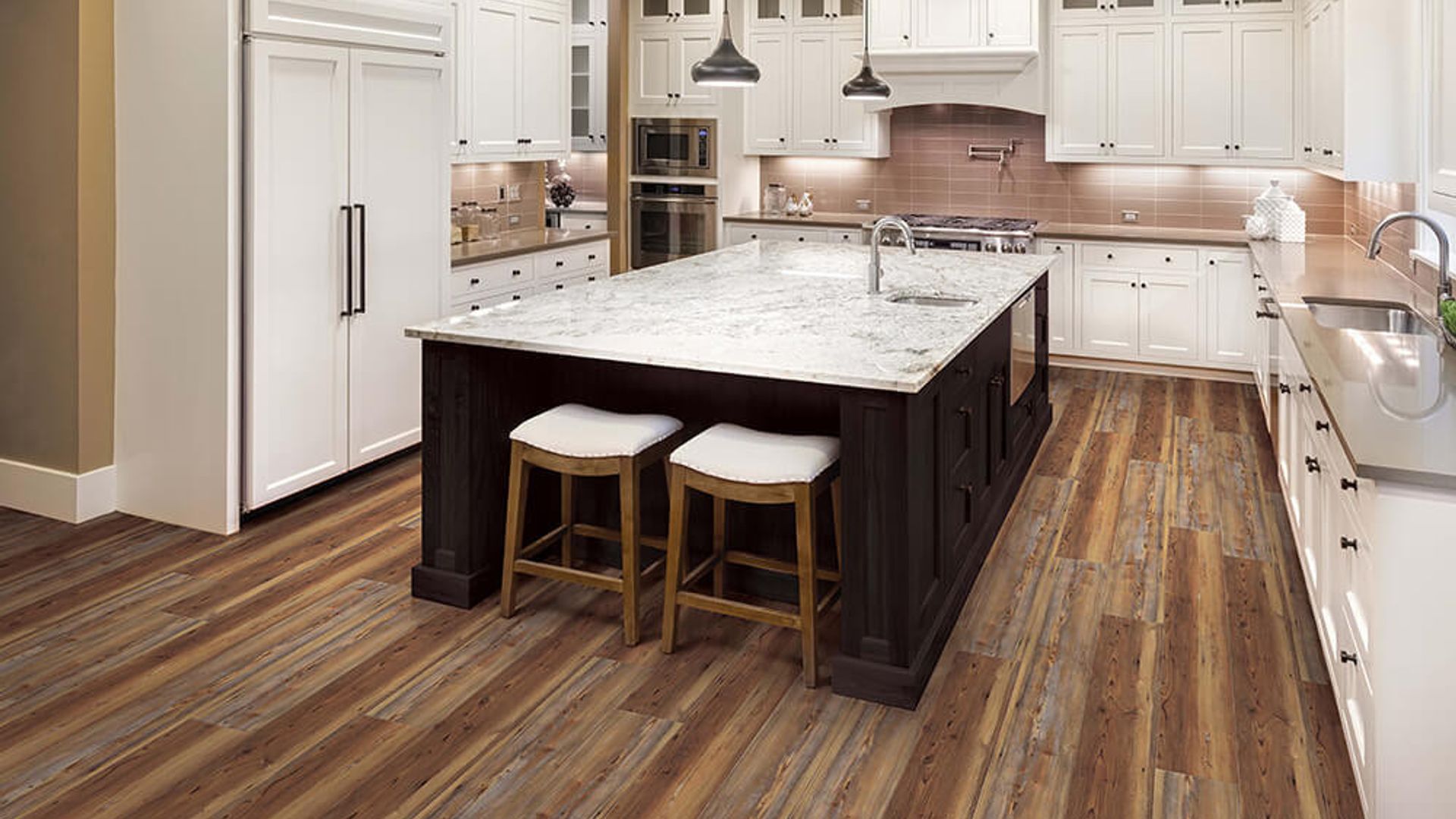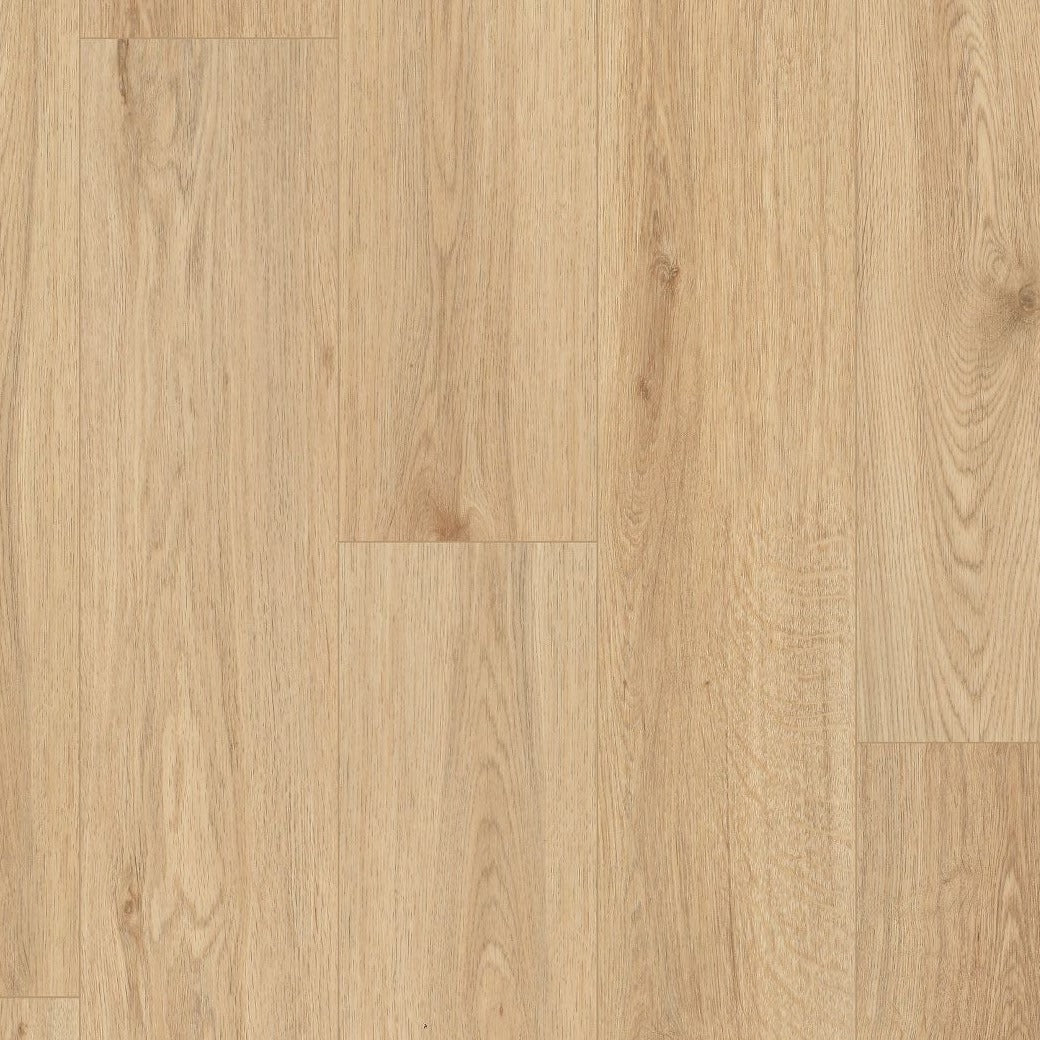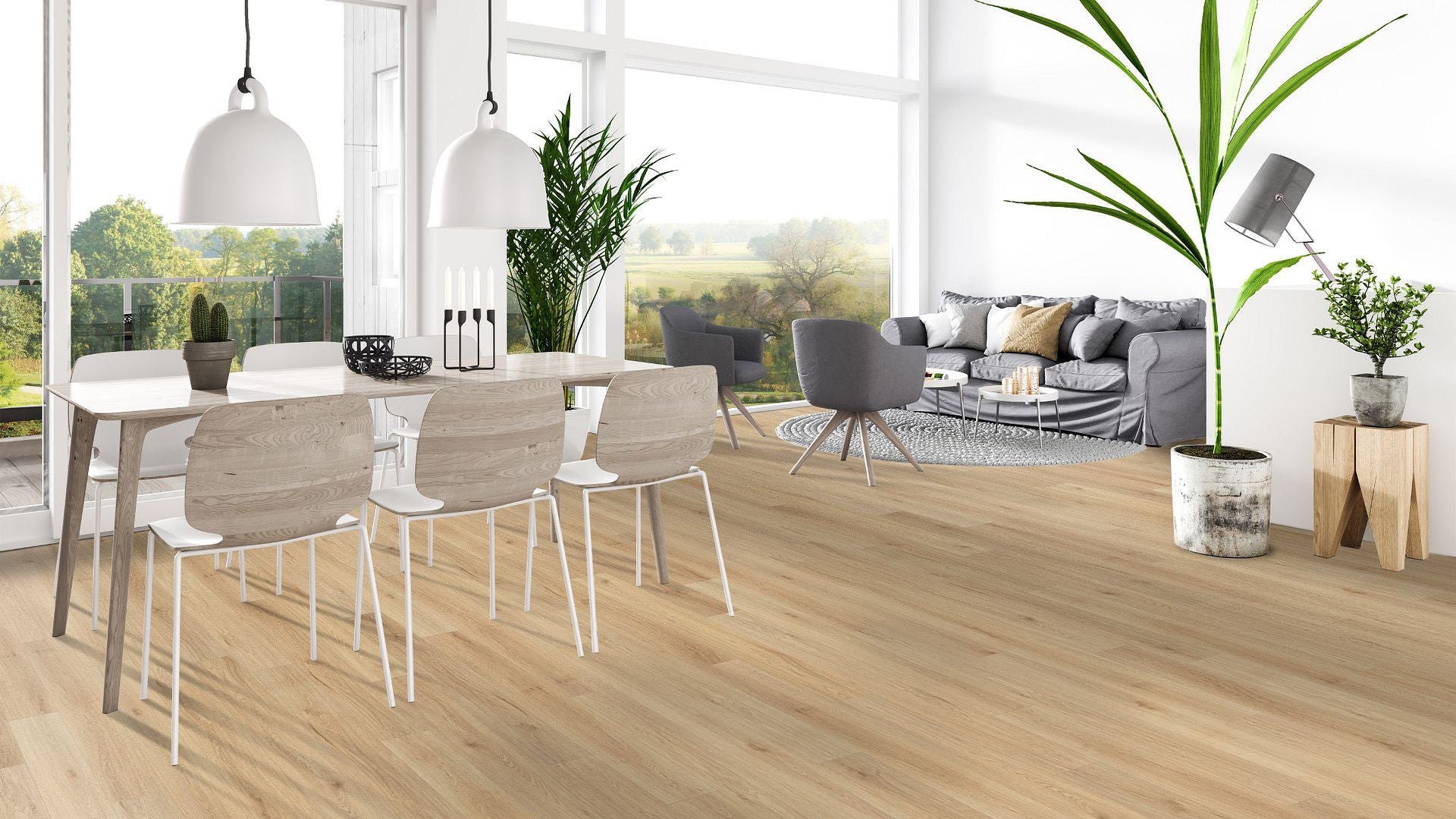Vinyl Plank Flooring Installation Accessories
[underlayment]
If you’ve chosen luxury vinyl plank flooring as a replacement for your current flooring, you’ve made a great choice. It’s stunning flooring that mimics natural hardwood and sometimes even stone. Most LVP flooring is water-resistant (some types are even waterproof), and it’s also very durable, able to resist dents, dings, scratches, and stains. So it still looks great no matter what your family throws at it!
Installing LVP is a pretty easy process as long as the subfloor is prepared properly. In some cases, it may mean using an underlayment.
What Is Underlayment?
Flooring is made up of several parts, including the joists, subfloor, underlayment, and finish flooring material.
The joists are part of the home’s structure, and the subfloor, usually plywood, sits on top of them. Underlayment is a thin material that covers the subfloor, and the finish floor material is layered on top of it.
Underlayment is usually made of thin materials such as foam, cork, felt, or even rubber. Underlayment provides a smooth, level surface for when installing your final flooring. It serves several other functions, including sound deadening and softening the feel of the floor underfoot. It can also act as a moisture barrier and protects against mold and mildew.
How Do I Know If I Need Vinyl Flooring Underlayment?
The easiest way to determine if you need underlayment for your new vinyl plank flooring is to look at your current floor.
If you’re laying the LVP over an existing cushion-backed vinyl floor or a below-grade tile floor, you won’t need to use an underlayment. However, you’ll want to use one in every other application, including covering existing hardwood floors, uncushioned vinyl flooring, and concrete floors.
You won’t need an underlayment if your vinyl plank flooring has underlayment installed. However, you may need a vapor barrier.
What Kind of Underlayment Do I Need?
The type of underlayment you should use depends on the subfloor and whether it’s concrete, plywood, or existing flooring material.
Concrete Subfloor
When installing over a concrete subfloor, as it’s a really hard surface, you might want an underlayment with some added cushion. Get one that offers a little extra protection from moisture and some insulative properties.
Plywood Subfloor
There’s no need for a moisture barrier underlayment on plywood. It’s more important that the underlayment dampens sounds and feels comfortable. An underlayment that offers more cushioning is Armstrong® Flooring Quiet Comfort™.
Existing Flooring
Underlayment is needed if you’re going to install vinyl plank flooring over tile, vinyl flooring, and even hardwood.
As mentioned, with the plywood floor, there’s no need to worry about a moisture barrier; the underlayment should provide cushioning and sound-deadening benefits.
What Is the Best Underlayment for Vinyl Flooring?
Luxury vinyl flooring has become increasingly popular as they mimic the look of real wood and are still affordable, long-lasting, and resistant to water. But here’s the thing, not many folks realize that the underlayment is just as crucial as the flooring itself. If you’re hunting for the best underlayment for vinyl plank flooring, there are many options at various price points.
When selecting an underlayment for vinyl plank flooring, there are many types to choose from, each offering unique benefits. Here’s a rundown of some of the most popular options:
- Foam: It is a cost-effective option that pairs well with plywood subfloors. However, it lacks a vapor barrier, so it may not be the best fit for moisture-prone areas.
- Cork: This offers top-notch sound insulation and is a smart choice for areas susceptible to mold and mildew. It is also a good option for households with allergic residents.
- Felt: Felt offers great sound insulation, although it is usually thin and doesn’t offer much cushioning. Since it is made from recycled fibers, it makes an excellent eco-friendly option.
- Particleboard: This offers an affordable choice, but it’s not very durable and can’t handle moisture exposure well.
- Rubber: Rubber provides excellent protection against moisture and offers superior sound and thermal insulation.
- Plywood: This is a stronger alternative to particleboard and can better withstand moisture exposure.
- Oriented strand board (OSB): This is a durable alternative to plywood and is made from compressed and glued wood strands.
The type of underlayment you choose for your vinyl plank floors will depend on several factors, including your budget, subfloor type, and whether the space has moisture issues or requires sound or thermal insulation.
How Do I Install Underlayment for Vinyl Plank Flooring?
Installing underlayment for a new floor project begins with one crucial action: thoroughly cleaning the subfloor or existing flooring.
Ensure every bit of dust, dirt, and other debris is removed and the surface has been washed and completely dry.
From there, the installation of an underlayment is fairly easy:
- Lay the underlayment in the opposite direction of the flooring.
- Simply roll the material out beginning in a corner, shiny side up to the other side of the room.
- Make sure to leave two inches around the edges on all sides (this will be trimmed off after the flooring is installed.
- Butt up subsequent pieces next to the previous piece but never overlap.
- Seal the seams using clear packing tape along the entire length of the seam.
Generally, you won’t need to worry about attaching the underlayment to the floor. However, it might be a good idea to glue the underlayment to the subfloor before topping it with the finished floor to provide added stability at certain spots, such as frequently used doorways and rooms that get a lot of bright, natural sunlight.
Where Can I Buy Vinyl Plank Flooring Underlayment?
At Floor City, we not only have the best selection of luxury vinyl plank flooring around, we also have the rigid underlayment you need.
Floor City also offers laminate flooring, linoleum, carpet tiles, SPC and WPC floors, hardwood floors, and more. If you have any questions, send us a message or fill out the form to contact us. You can also call us at 888-586-4404.
We’re here 24/7, so it’s always a good time to shop for flooring.


